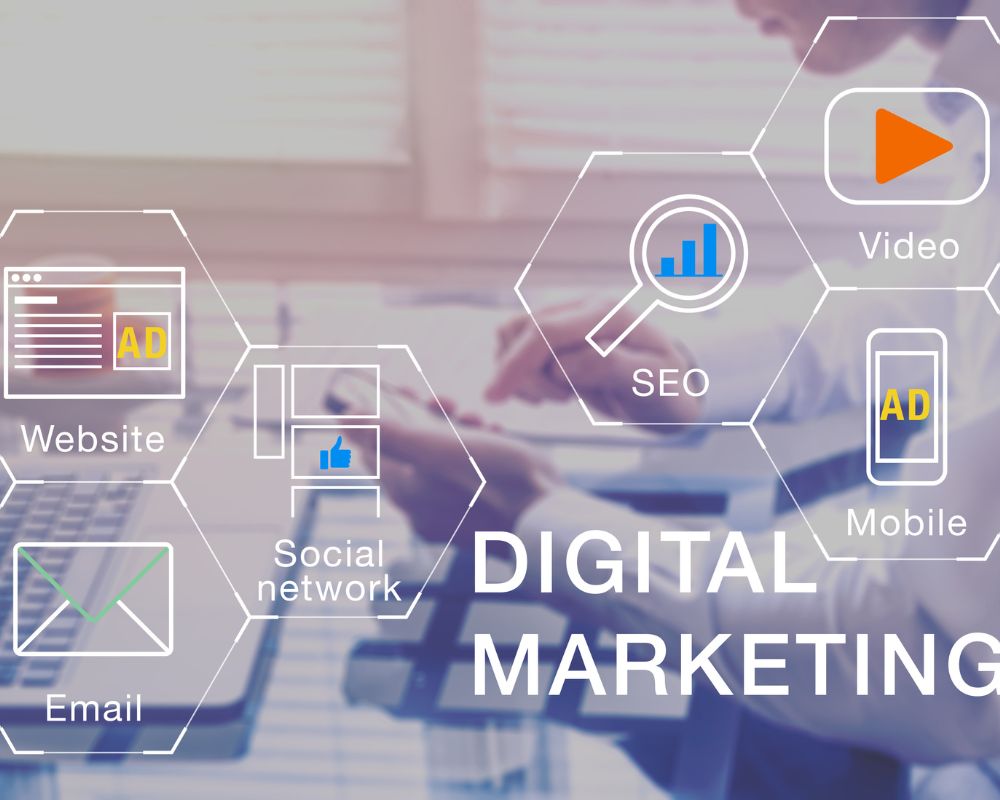Digital marketing and search engine optimization (SEO) are almost inseparable at this point. In fact, the digital marketing agency that doesn’t offer SEO services is rare. When you stop and think about it, the two disciplines converge in something known as information satisfaction. Guess what? Information satisfaction is something Google cares about.
If Google cares about it, you can bet that Bing does as well. That means every SEO firm and digital marketing agency should understand what information satisfaction is and how it is applied to the overall principles of digital marketing. Remember that digital marketing goes above and beyond SEO. The latter drives traffic while the former seals the deal.
The Basics of Information Satisfaction
Although this post ties information satisfaction into digital marketing and SEO, the concept itself is much broader. Information satisfaction is a means of evaluating whether the quality of an information system is high enough to satisfy users.
Does a hospital’s database of cancer information offer enough quality content to satisfy cancer patients and their families? Does an online business platform satisfy employees looking to retrieve the information they need to do their jobs? When a system’s information satisfaction score is high, that system is delivering as it should.
Applying this to SEO and digital marketing takes us back to search engines. So knowing what search engines want from website owners can tell us a lot about information satisfaction.
Google’s Helpful Content Update
Google shined a bright light on information satisfaction when they announced its helpful content update back in 2022. Since then, helpful content algorithms have been updated several times. Below is a quote taken directly from the Google Developers website, a quote that links helpful content to user satisfaction:
“Google Search’s core ranking systems are designed to better ensure people see original, helpful content that leaves them feeling they’ve had a satisfying experience.”
Google wants its users to be satisfied with every visit. Of course they do. Unsatisfied users will find a new search engine. Keeping them on Google requires understanding what satisfies them and then ranking search results accordingly. With that in mind, let us tie this into digital marketing.
Understanding User Intent
In order to leverage information satisfaction for digital marketing purposes, a digital marketing agency needs to be comfortable with the concept of user intent. Google’s search algorithms no longer rely exclusively on matching keywords to a search query. The algorithms are programmed to try to understand the intent behind a given search.
They are also designed to measure whether they succeed in that endeavor. The algorithms rely on three particular metrics for such measurements: click-through rates, dwell time, and social signals. If Google’s measurement of user intent scores high, it is an indication that users are satisfied.
What does all this mean to digital marketing? It means that successful marketing relies on understanding what customers want, in terms of content, and producing such content in a way that satisfies both users and search engines. That is what helpful content is all about.
Market to Users, Not Google
All of this has been a roundabout way to emphasize the point that digital marketing agencies should be marketing to users, not Google. They should be laser focused on helpful content that gets to the very core of what users want when they go online. The goal is to excel at information satisfaction. Do that and your marketing results improve commensurately.
Information satisfaction is not talked about a lot as a marketing metric. Perhaps we need to change that. Rather than marketing to people, maybe it’s time to shift our emphasis to satisfying their needs and wants.





